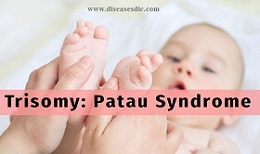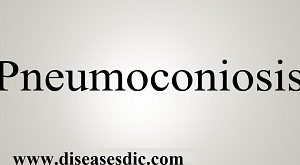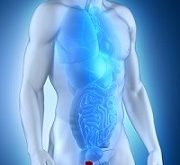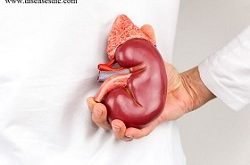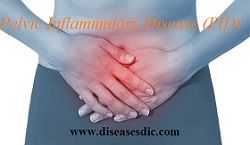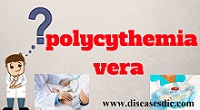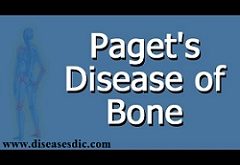Definition Trisomy 13, also called Patau’s syndrome, is a chromosomal condition associated with severe intellectual disability and physical abnormalities in many parts of the body. Individuals with trisomy 13 often have heart defects, brain or spinal cord abnormalities, very small or poorly developed eyes (microphthalmia), extra fingers or toes, an …
Read More »Pneumoconiosis – Causes, Treatment, and Prevention.
Description Pneumoconiosis is a general term given to any lung disease caused by dust that is breathed in and then deposited deep in the lungs causing damage. Pneumoconiosis is usually considered an occupational lung disease because exposure to the dust that can cause pneumoconiosis often are found in the workplace. …
Read More »Pneumothorax- Definition, Symptoms and Treatment
Definition Pneumothorax is generally a collapsed lung. Normally, the pressure in the lungs is greater than the pressure in the pleural space surrounding the lungs. If air enters the pleural space, the pressure in the pleura then becomes greater than the pressure in the lungs, causing the lung to collapse …
Read More »Prostate Cancer – Risk factors, Symptoms and Prevention.
Definition – Prostate Cancer Prostate cancer occurs in the prostate gland which is found in males that secretes seminal fluids and transport sperm. The fluid is essential for reproduction. The prostate gland is located in the pelvis below the bladder. Just behind the prostate are glands called seminal vesicles that …
Read More »Polycystic Kidney Disease (PKD) – Causes, Symptoms, and Treatment.
Definition Polycystic kidney disease is the inherited kidney disease that affects the kidney and other organs. The fluid-filled sacs are developed in the kidney and that disrupts the kidney filtering function and their ability to filter waste products from the blood. The cyst formation causes the kidney to become enlarge …
Read More »Pelvic inflammatory disease (PID)- Symptoms, Prevention and Treatment
Introduction The pelvic inflammatory disease is the inflammation of female reproductive organs such as the uterus, ovaries, cervix, endometrium, and the fallopian tubes, due to the infection of sexually transmitted bacteria. Sometimes it also caused by the normal bacteria present in the vagina. This bacterium enters via the vagina and …
Read More »Polycythemia Vera (PV) – Symptoms, Risk factors, and Prevention.
Introduction Polycythemia Vera (PV) is a disorder in the bone marrow, which produces a higher volume of red blood cells than the normal production level. This increased production is termed as erythrocytosis. Polycythemia is a group of diseases called myeloproliferative neoplasms (MPN). Red blood cells carry oxygen to all parts …
Read More »Paget’s Disease – Definition, Risk factors, Symptoms, and Prevention.
Definition Paget’s disease is also known as osteitis deformans and Paget disease. It is a localized disorder occurs during bone remodeling. In this disease, the normal cycle of bone renewal is disrupted due to the abnormal activity of osteoclast cells. Due to which the extreme resorption of bone by osteoclast …
Read More » Diseases Treatments Dictionary This is complete solution to read all diseases treatments Which covers Prevention, Causes, Symptoms, Medical Terms, Drugs, Prescription, Natural Remedies with cures and Treatments. Most of the common diseases were listed in names, split with categories.
Diseases Treatments Dictionary This is complete solution to read all diseases treatments Which covers Prevention, Causes, Symptoms, Medical Terms, Drugs, Prescription, Natural Remedies with cures and Treatments. Most of the common diseases were listed in names, split with categories.
